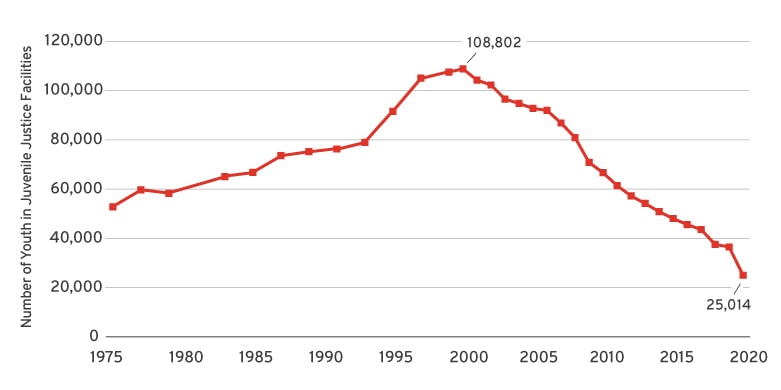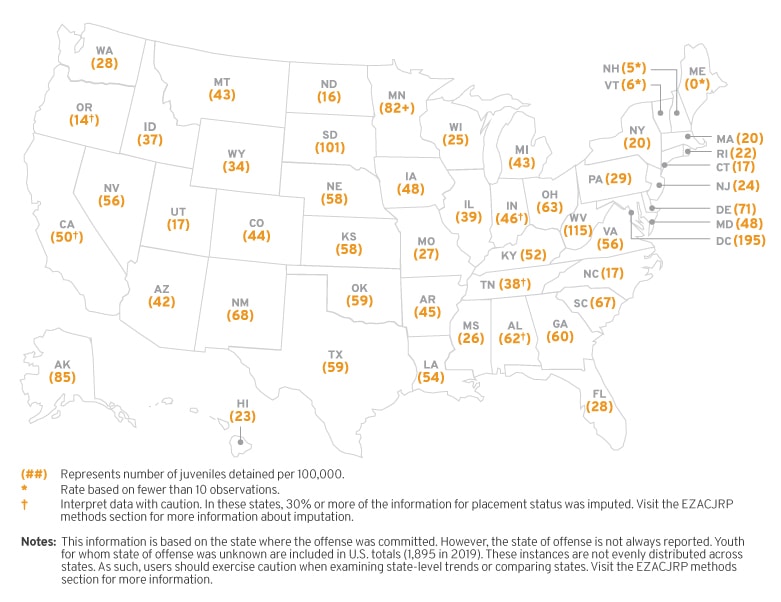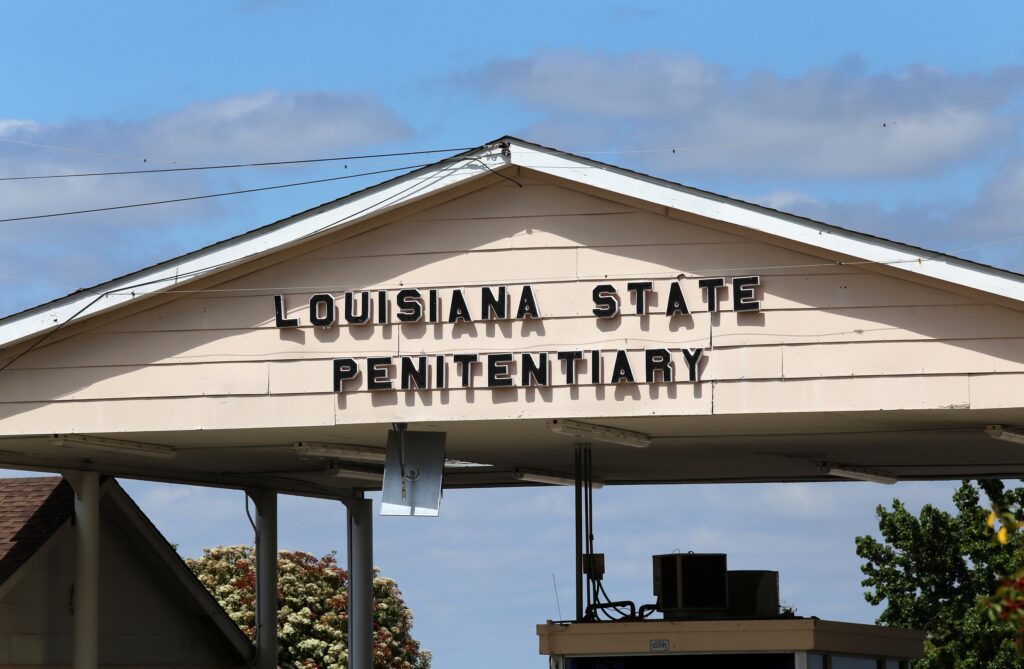America’s juvenile detention facilities are collapsing
Detainees assaulted by staff. Starvation used as punishment. Children locked in cells for weeks at a stretch.
These accusations and more have been leveled at juvenile detention centers across the country during the past year. Conditions at facilities in Illinois, Kentucky, Louisiana, Maryland, Michigan, New York, North Carolina, Oklahoma, Pennsylvania, Texas and Wisconsin have deteriorated dramatically.
Some have become so bad that they would likely violate the Geneva Conventions if they housed prisoners of war instead of children.
In summer 2022, dangerously low staffing levels forced juvenile detention centers in Texas to confine children to their cells for multiple days at a time. Self-harm and suicidal behavior increased among the young detainees, with over half requiring suicide watch. The system hit a breaking point in July when interim director Shandra Carter was forced to halt new intakes, citing a risk to the safety of those already in custody:
“The current risk is that the ongoing secure facility staffing issue will lead to an inability to provide basic supervision for youth locked in their rooms. This could cause a significantly impaired ability to intervene in the increasing suicidal behaviors already occurring by youth struggling with the isolative impact of operational room confinement.”
“Operational confinement” is used to ensure safety on days when not enough employees report to work. For those inside the cell, the experience is no different from solitary confinement. The Texas Tribune reported that some children were forced to use water bottles and lunch trays as toilets because staffing levels were insufficient to allow for trips to the bathroom.
Texas has since resumed new intakes, but the turnover rate for detention officers remains around 70 percent, with less than half of available positions filled. Even after a 15 percent raise brought starting pay to $42,000 a year, the state still struggles to attract new recruits. Workers say it’s not all about financial compensation—according to exit surveys, the main concern is working conditions. Why take a stressful and dangerous correctional position when you can make the same money stocking shelves at Target?
Paradoxically, the current wave of scandals plaguing America’s juvenile detention centers comes at a time when fewer youths are locked up than ever before. Since peaking in 2000, the number of young people confined to U.S. detention facilities has dropped by 77 percent.
One-Day Count of Youth Held in Juvenile Justice Facilities

It seems counterintuitive that even with fewer juveniles in the system, we are still seeing critical staffing problems. One explanation is the ongoing recruitment and retention crisis in law enforcement and correctional facilities nationwide. Corrections officers earn an average of 33% less than police, making the situation even worse in prisons than it is in law enforcement agencies.
The labor shortage has led to tragedy. In November 2022, a teen housed at an understaffed Kentucky detention center assaulted a staff member, stole their keys and released other juveniles from their cells. During the ensuing riot, which employees described as “pure chaos,” a teenage girl was sexually assaulted; a 13-year-old male detainee was dragged out of his cell and severely beaten; a custodian had to be removed via medevac helicopter; and another injured worker later suffered a stroke. Order was restored only after armed state troopers and other law enforcement officers donned riot gear to retake the facility.
Young people thrive when they can develop relationships with officers and follow a consistent routine— both of which have been impossible during the staffing crisis. In addition to increased assaults, riots and escapes, there has been a dramatic rise in the use of force by officers. According to Los Angeles Probation Department records, use-of-force incidents increased by 50 percent in the first six months of 2022 compared to the first half of 2021, and the number of young people who were pepper-sprayed surged by a factor of four. Meanwhile, records indicate a steep climb in both the monthly average of assaults on officers and fights among detainees. One veteran officer was so overwhelmed that he asked to be demoted to avoid going back inside.
Detention Rate Per 100,000 Juveniles (10 to Upper Age)

https://www.ojjdp.gov/ojstatbb/special_topics/stateprofile.asp.
In an attempt to control the chaos, detention centers have increasingly resorted to lockdowns, during which juveniles can be confined to their rooms for up to 23 hours per day. Young detainees—who already suffer from elevated rates of mental illness—must now endure the adverse effects of isolation. In the few states that have managed to sustain normal staffing conditions, juveniles are typically out of their rooms up to 12 hours each day.
In July 2022, the same month Texas stopped intakes, state officials in Michigan shut down two adolescent facilities in Detroit after finding that staff routinely insulted, threatened and assaulted residents. Staff from the Michigan Department of Health and Human Services reported that some kids in Michigan county juvenile jails hadn’t had access to showers in months and didn’t have hygiene products or clean underwear. Photos obtained under the state’s Freedom of Information Act depict squalid conditions in a room where a minor was secluded for 18 days.
Texas took a step in the right direction last month, opening a facility intended to prevent kids from being detained in the first place. The Harris County Youth Diversion Center focuses on children ages 13 to 17 facing nonviolent or misdemeanor charges like truancy or underage drinking. Instead of detention, they receive services like crisis intervention and family counseling.
Addressing delinquent behavior before it requires detention avoids the negative downstream effects associated with being locked up. The advantage of programs like the Harris County Youth Diversion Center is the focus on early intervention, which allows benefits to compound over time.
Like fixing a leaky faucet before it breaks and floods your house, the best way to reduce the burden on juvenile detention is to keep children from entering the system entirely.






